

 (ማስታወቂያ)
(ማስታወቂያ)
Injera, also spelled Enjera, is a flat and circular sour crepe-like dish commonly consumed in Ethiopia and Eritrea. It is made from Teff flour and is served with different vegetables and Ethiopian sauces.
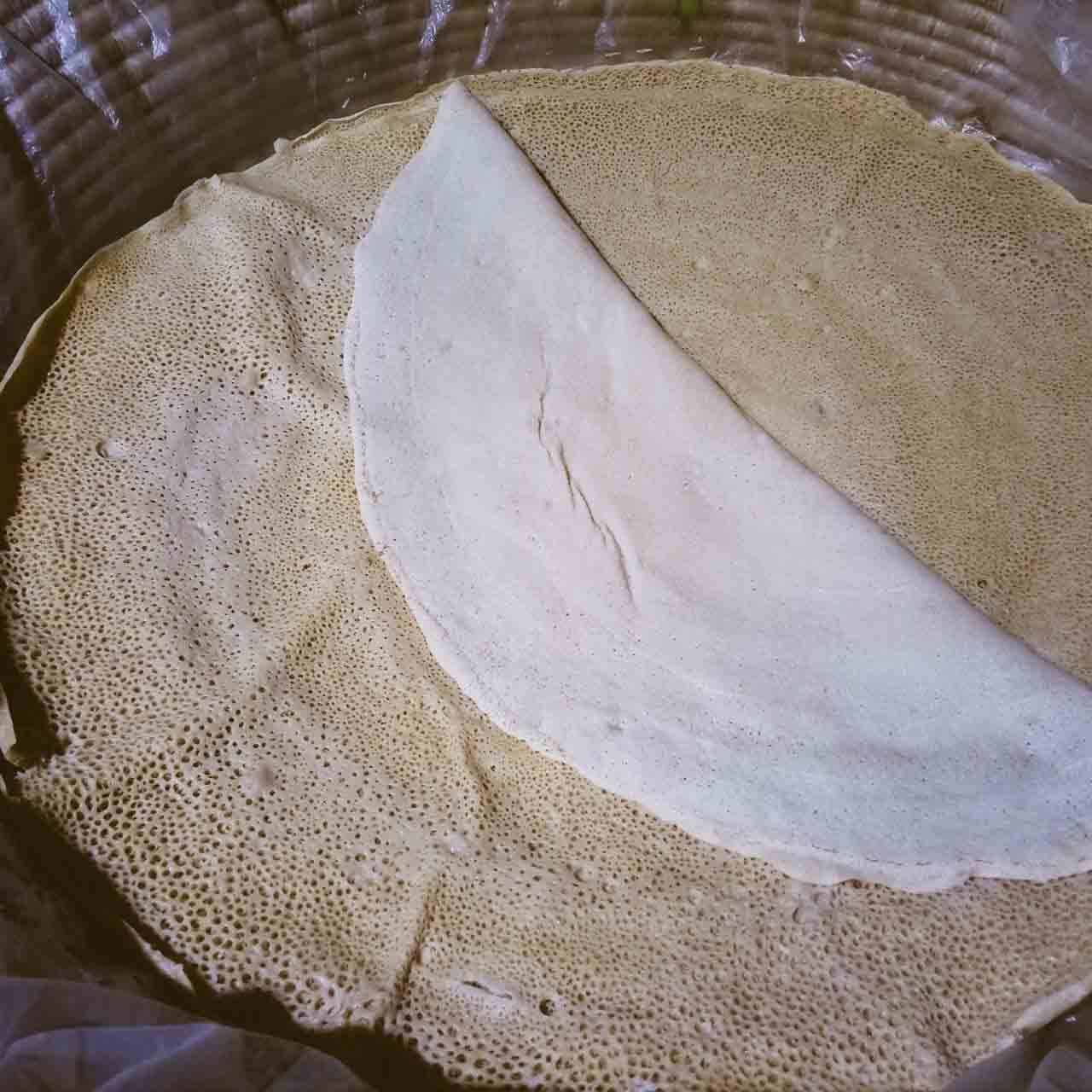
Teff (world’s smallest grain) is scientifically proven to be very healthy as it contains fiber, magnesium, iron and calcium. These nutrients are available in Injera serving, without accounting to the sauce with which it is served with. Of all grains in the world, Teff has the highest amount of fiber per serving. It is also gluten-free. Oh, and Teff is endemic to Ethiopia. It is one of the country's export items and is earning the country up to 160m USD annually!
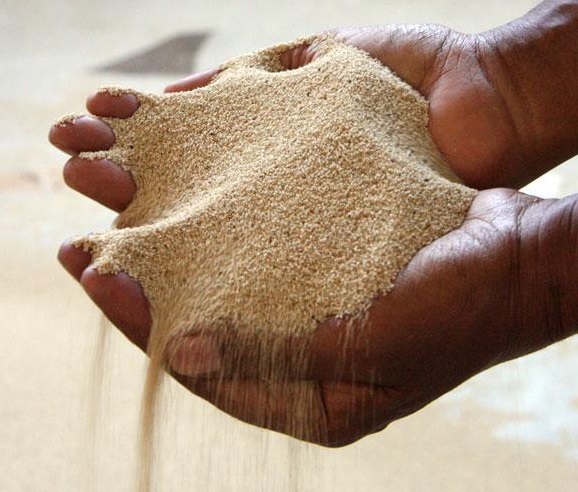
Saying “Injera is a popular food in Ethiopia” would be an understatement because Ethiopians have been eating it for centuries at least two times a day and they don’t seem to get tired of it. In the Ethiopian coffee ceremony, Injera is topped with a mix of butter and chili powder and served as a delicious snack called “Coffee snack” (Amharic – “ቡና ቁርስ”, “Buna kurs”).
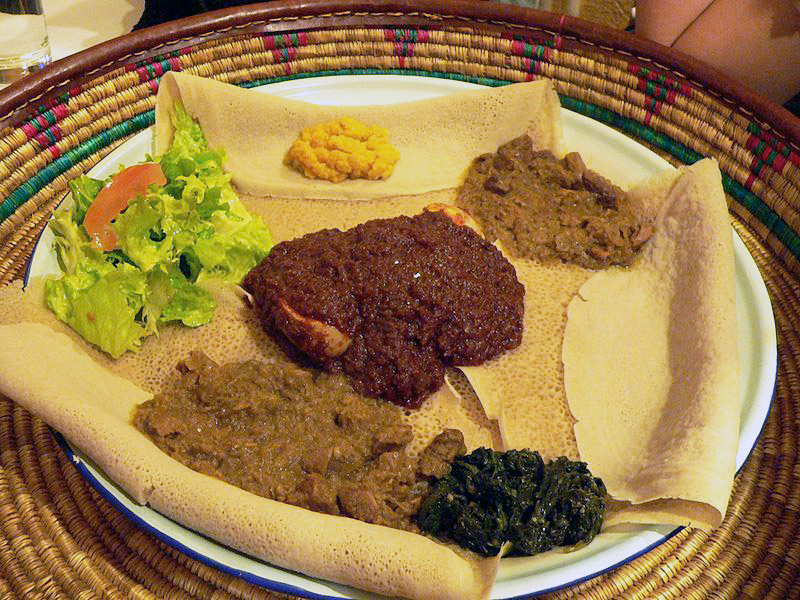
The traditional way of baking Injera in Ethiopia requires waiting a couple of days for the dough to ferment and rise naturally and then come back down by losing its gas. And then the dough is made to rise again in a couple of hours by using homemade yeast called “Habsit” (ሃብሲት). Habsit makes the Injera soft and gives it a good texture on both sides. Ethiopian mothers bake injera using kitchen appliances that are usually homemade or available locally. Just like how I did when I wrote the article on how to cook Fosese, the Gamo cuisine I am once again joining my mom in the kitchen. . . So let’s get to it. . .
To bake injera the Ethiopian way, it is best if I introduce you to the appliances used in the process and what they are used for, and suggest possible substitutes in case you ever want to do it at home and you don’t have the tools!
This is needed to make the teff flour dough. You can decide the size depending on the number of Injera you want to bake. Mom says 2kg flour can bake up to 10 Injeras.
This special electric-powered utensil is equipped with a circular terracotta pan of approximately 80 centimeters in diameter, made explicitly for baking Injera.
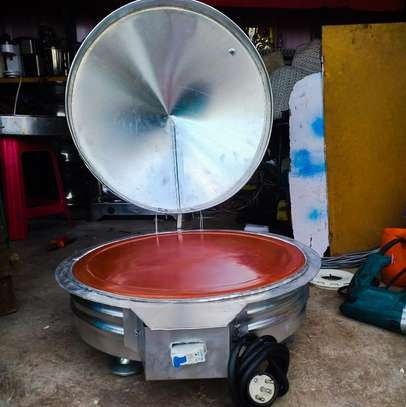
You would need 2 of these, one that will stay in the dough container, used to fetch and transfer the dough into the second jug. The second jug is used to bring the dough directly onto the hot pan in continuous concentric circles that starts from the outer edge of the pan and get smaller with every round, ending at the center of the pan. Mothers in the rural areas use Calabash (Amharic ቅል ”Qil”) for this purpose. My mom has a dedicated kettle to fetch onto the pan and a jug to fetch dough from the container. You can use anything for this purpose, as long as it holds enough dough to bake 1 Injera and is also easy to handle.
This is needed to cover and keep the Injera for up to five days without it forming mold.
You need two round flat trays almost equal in size to the Injera pan. One is needed to take the baked Injera off the hot pan and the other to stack the baked Injeras. Their flatness and roundness make the job a lot easier. Ethiopians mostly use a basketwork called Seféd (ሰፌድ) for this purpose. The two below are what mom uses at home.
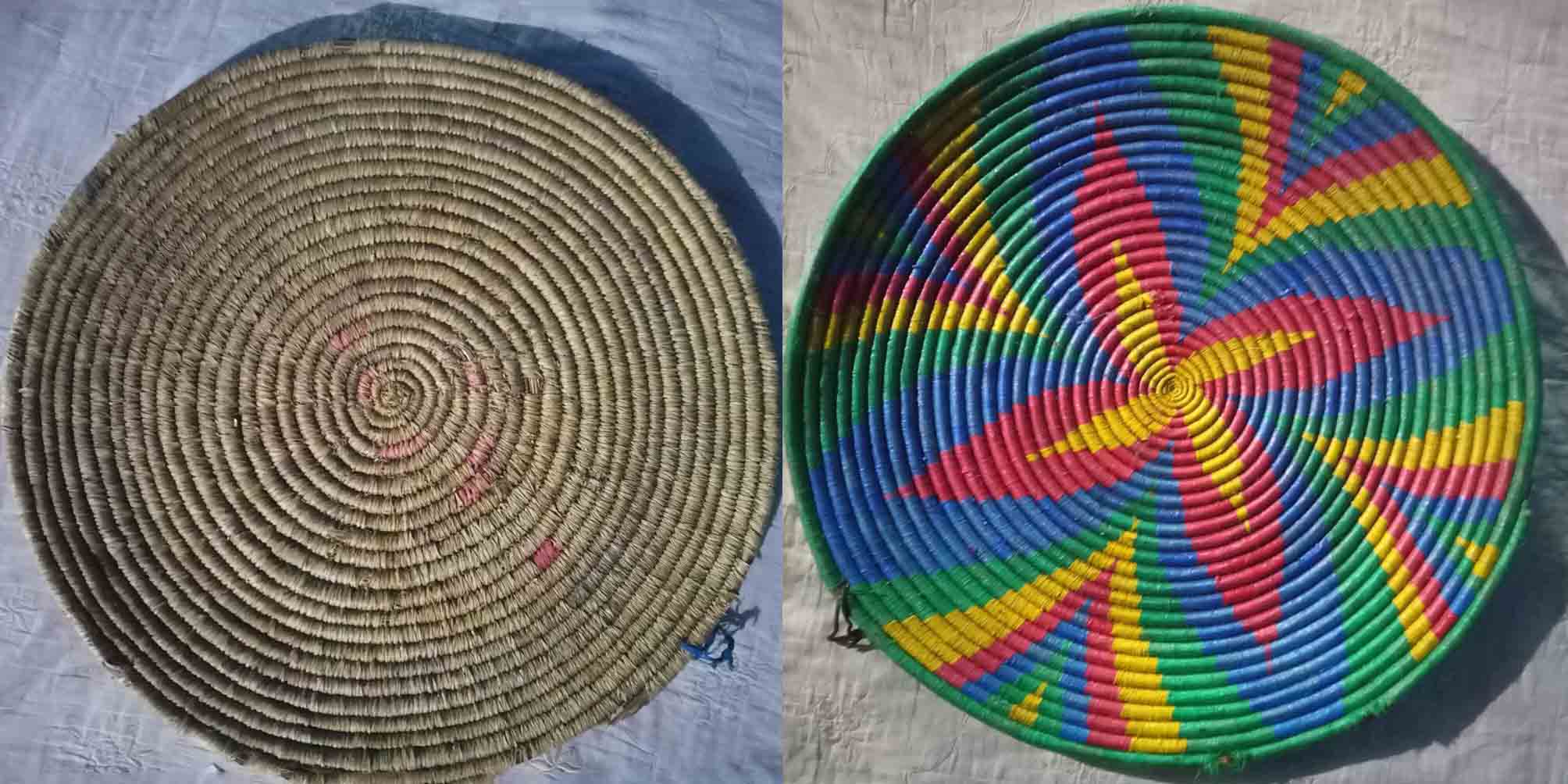
This is a piece of textile needed to clean the pan each time an Injera is baked, helps prevent the next Injera from sticking on the pan and also provides a smooth surface.
Now that we know the needed appliances to bake Injera, we can list the necessary ingredients. And they are 1. Teff flour (2kg for about 10 Injeras) 2. Yeast 3. Vegetable oil or Grounded Ethiopian mustard seed

1. In the container, mix the Teff flour with a teaspoon full of yeast and enough water to make a thick liquid dough. Cover this and store it. 2. After about 48 hours, the dough will have risen and come back down, get rid of the water on the top of the dough carefully. Remember to keep it clean after doing this. 3. Heat ½ liter of water and while waiting for it to boil, scoop 4 spoons of dough from the container and mix it well with ¼ liter of water. 4. Just when the water is about to boil, add the mix of dough and water from step 3 while stirring continuously. 5. After it boiled well take it off the stove and wait for it to cool. You now got “Habsit” (ሃብሲት). 6. When the Habsit gets cool enough, mix it thoroughly with the dough in the container and cover it again. 7. Wait for 1 to 2 hours until the dough rises and make sure it is of the ideal thickness to bake Injera i.e. thick liquid. Note - If you want thinner Injera; you can make the dough a little less thick by adding water. 8. Now turn on the electric Injera pan and wait for it to get hot. In the meantime using cleaning fabric, rub the pan repeatedly. Remember to sprinkle some Grounded Ethiopian mustard seed onto the pan or apply some vegetable oil on the cleaning fabric before rubbing the pan. 9. Also set a place to stack the baked Injeras at the side of the Injera pan, by placing the shrink wrap Plastic on top of a flat circular tray. 10. Once the pan gets hot, fetch enough dough for one Injera and start bringing it onto the pan as displayed below. When you are done remember to cover the top.
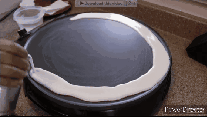
11. If the pan is hot enough, the Injera will be done in less than a minute, so open the cover and transfer the Injera from the stove onto a circular flat tray and then to the stacking tray on the side. Careful as injera is hot.

Note – If the pan is not hot enough or you didn’t apply step 4, the Injera will stick to the pan. In this case, use a knife or something similar to scrape it off the pan gently. To avoid this and prevent wasting dough, Ethiopian moms first bake a tiny Injera called Engocha “እንጎቻ” as a test. 12. Again, rub the Injera pan just like you did in step 4, this also prevents it from getting too hot for the dough. 13. Now repeat steps 10, 11, and 12 until you finish the dough. Note - You can save some dough if you want to use it as yeast the next time you bake this saved yeast is called “Ersho” (እርሾ). Ersho is a much better replacement for yeast. 14. Once you are done wash every utensil wash and store them in a clean place. As Injera may be eaten for up to 5 days cleanliness is crucial to avoid mold. And that is how you bake Injera, if you have any questions write them in the comment below, I will ask mom and give you her answer. . . Would be awesome if you like and share this article too! Thank you for reading!
Related articles - Top 5 Ethiopian condiments that everyone loves: Ethiopian food - Cooking Shiro Wat: A Recipe for a Delicious Ethiopian Dish - Ethiopian Coffee Ceremony - How it is performed And Materials Used - How to cook Fosese, a traditional meal of the Gamo people in Ethiopia